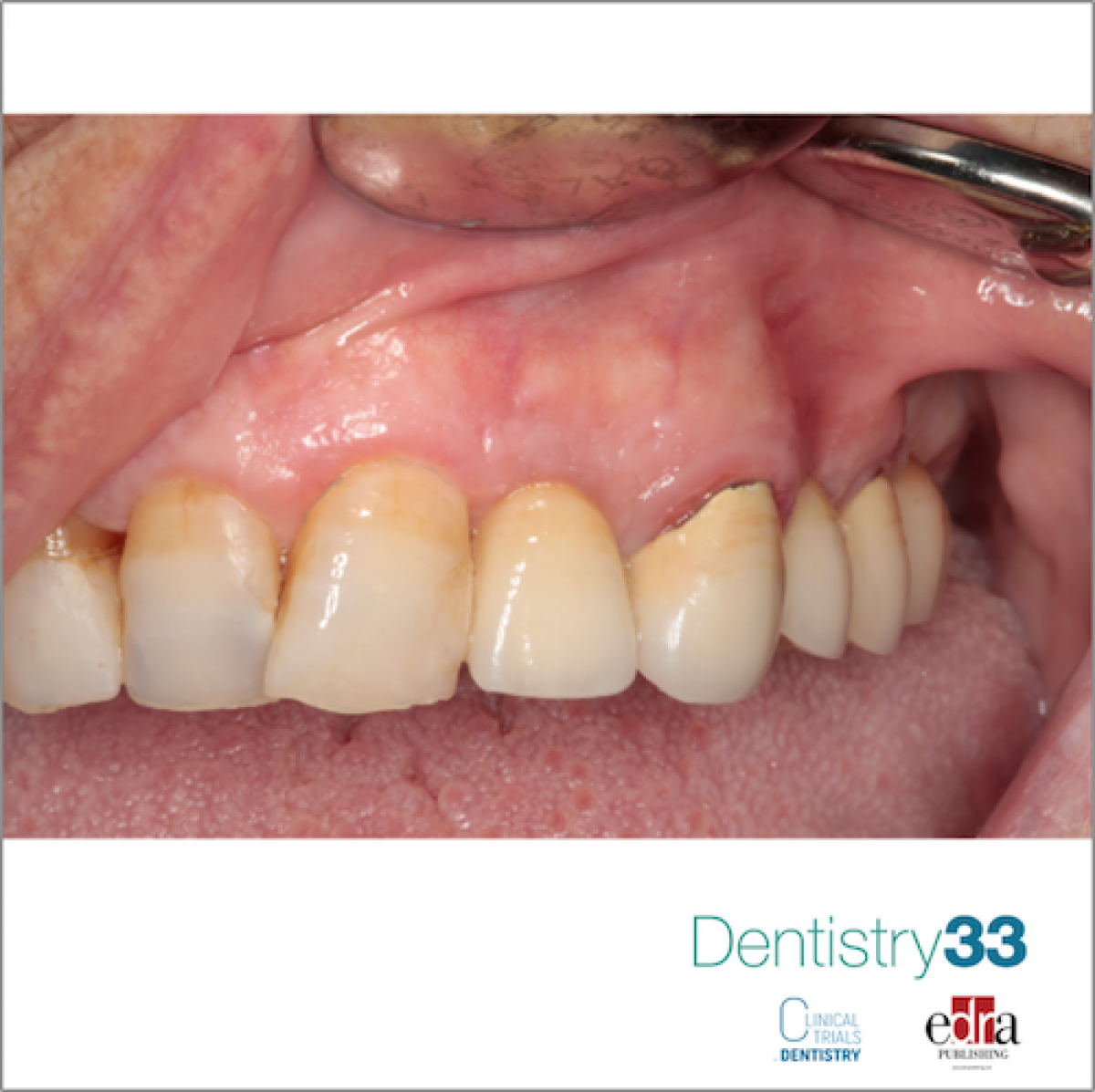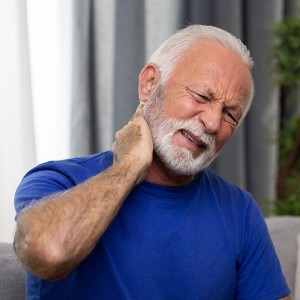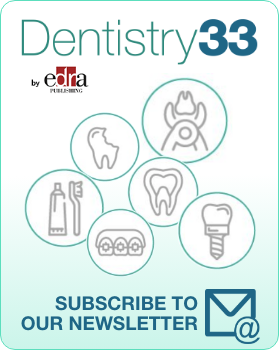
Natural or palatal positioning of immediate post-extraction implants in the aesthetic zone? Five-year outcomes of a multicentre randomised controlled trial
Authors: Raúl Fernández Encinas, David Peñarrocha-Oltra, Miguel Peñarrocha-Diago, Jacopo Buti, Erta Xhanari, Marco Esposito
Objectives. To evaluate whether there is a difference in aesthetic outcomes when positioning immediate post-extractive implants in the “central” position (where the natural tooth would be in relation to adjacent teeth/implants) as opposed to roughly 3 mm more palatally.
Materials and methods. Just after tooth extraction, 20 patients requiring one single immediate maxillary post-extraction implant, from second premolar to second premolar, were randomly allocated to receive one implant positioned in either the natural “central” position (central group; 10 patients), or about 3 mm more palatally (palatal group; 10 patients) according to a parallel-group design at two different centres. When needed, sites were reconstructed, and bone-to-implant gaps were filled with granules of anorganic bovine bone and covered by resorbable collagen barriers. Implants were left submerged for 4 months and rehabilitated with provisional crowns, replaced after 4 months by definitive metal-ceramic crowns. Patients were followed up to 5 years after loading. Outcome measures were: crown and implant failures; complications; aesthetics, assessed using the pink aesthetic score (PES); peri-implant marginal bone level changes; and patient satisfaction, recorded by blinded assessors.
Results. Three patients from each group dropped out within 3 years after loading. Five years after loading, there were no significant differences between the two groups in median PES score, assessed by a blind assessor, (central: 10 [IQR: 5.5], palatal: 8.5 [IQR: 6.75], median difference = -1.0; 95% CI: -7.0 to 4.0; P = 0.571); median bone level (central: 0.45 mm [IQR: 1.76], palatal: 0.45 mm [IQR: 1.93], median difference = 0 mm; 95% CI: -1.7 to 3.0; P = 1000); bone level changes (central: 0.15 mm [IQR: 0.70], palatal: -0.05 mm [IQR: 1.23], median difference = -0.20 mm; P = 0.471); implant failures (one in each group, 14%, difference in proportion = 0.00; 95% CI: -0.39 to 0.39; P = 1000); or complications (two palatal group patients and one central group patient, difference in proportion = 0.14; 95% CI: -0.28 to 0.52; P = 1000). Furthermore, patients from both groups were equally satisfied with both function and aesthetics (both P = 0.699).
Conclusions. These preliminary results suggest that positioning of immediate post-extraction implants 3 mm more palatally may not, in fact, improve aesthetics; however, the sample size of the present study was very limited, and larger trials are therefore required to confirm or refute these findings.
 Read more
Read more
USA 15 April 2024 - 17 April 2024
April 15-17, St. Louis, Missouri
The National Oral Health Conference is the premier meeting for those interested in continuing education and networking opportunities within the discipline of dental public health.
A new NIDCR grant will give Assistant Professor Dechen Lin the opportunity to test diet and medication’s efficacy on head and neck cancer.
CORDENTAL Group announced its exclusive partnership with Overjet: the world leader in dental AI.
Residents in Texas can experience affordable and integrated healthcare services all in one convenient location with the opening of new Walmart Health centers










